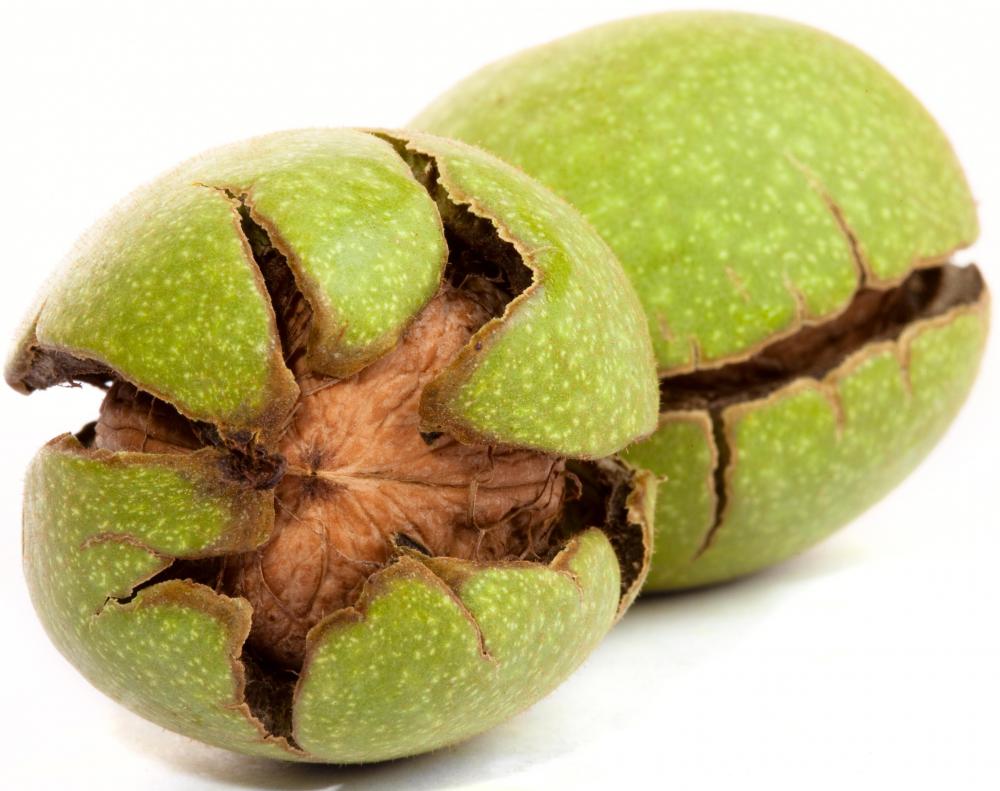
Sarah Murnaghan, the 11-year-old Pennsylvania girl who received new lungs and undergoes surgery to cure acid reflux problem
Sarah Murnaghan, the 11-year-old Pennsylvania girl who received new lungs after a court battle allowed her to be included on the adult transplant list, is taking another step towards recovery.
On Wednesday, Murnaghan, who suffers from cystic fibrosis (CF), will undergo surgery to correct acid reflux problem, her mother stated in Facebook page.
Janet Murnaghan said in her post that acid reflux is common among CF patients.
“Since before transplant our team has told us that post transplant Sarah would need a surgery called a fundoplication. “We are anxious (Mom and Sarah) to have her go back to surgery, but thankful she is strong enough to do so. Please keep Sarah in your prayers especially tomorrow.”
Since receiving a second lung transplant in June after her first transplant failed, Murnaghan’s condition has been steadily improving. Also Murnaghan celebrated her 11th birthday on August 7 surrounded by family and friends at the Children’s Hospital of Pennsylvania, where she remains under close observation.









 US scientists have conducted an experiment with mice and found that diabetes drugs may have anti ageing effects if it is given in low doses otherwise It will be toxic.
US scientists have conducted an experiment with mice and found that diabetes drugs may have anti ageing effects if it is given in low doses otherwise It will be toxic.




